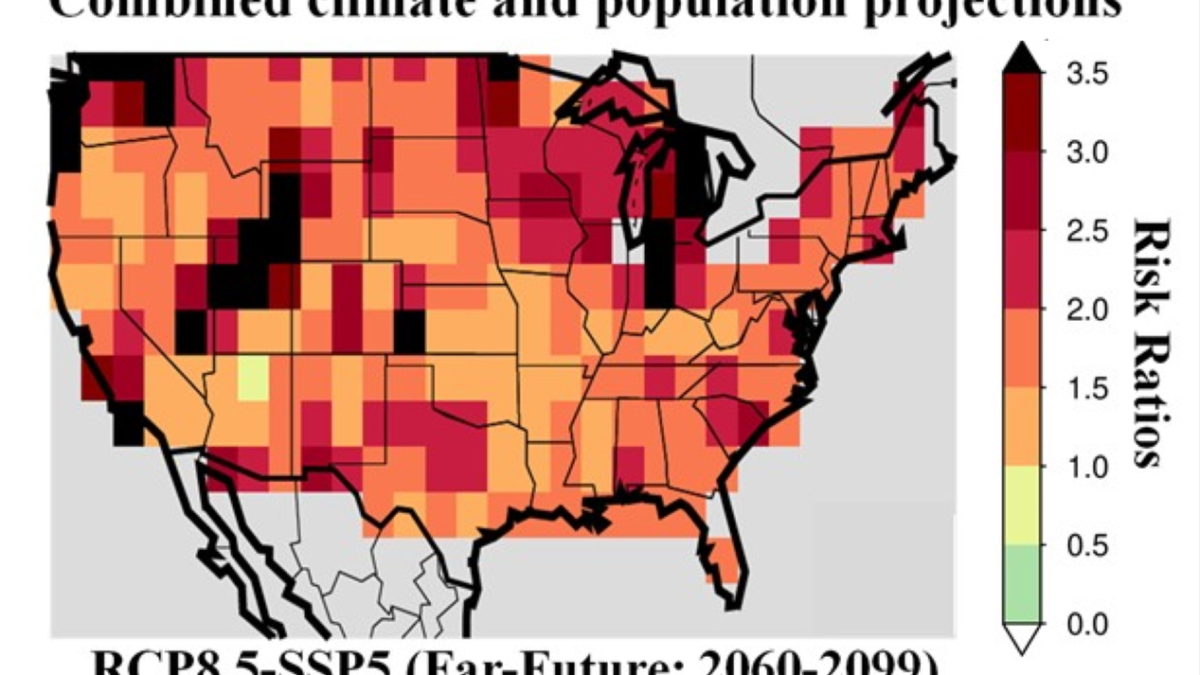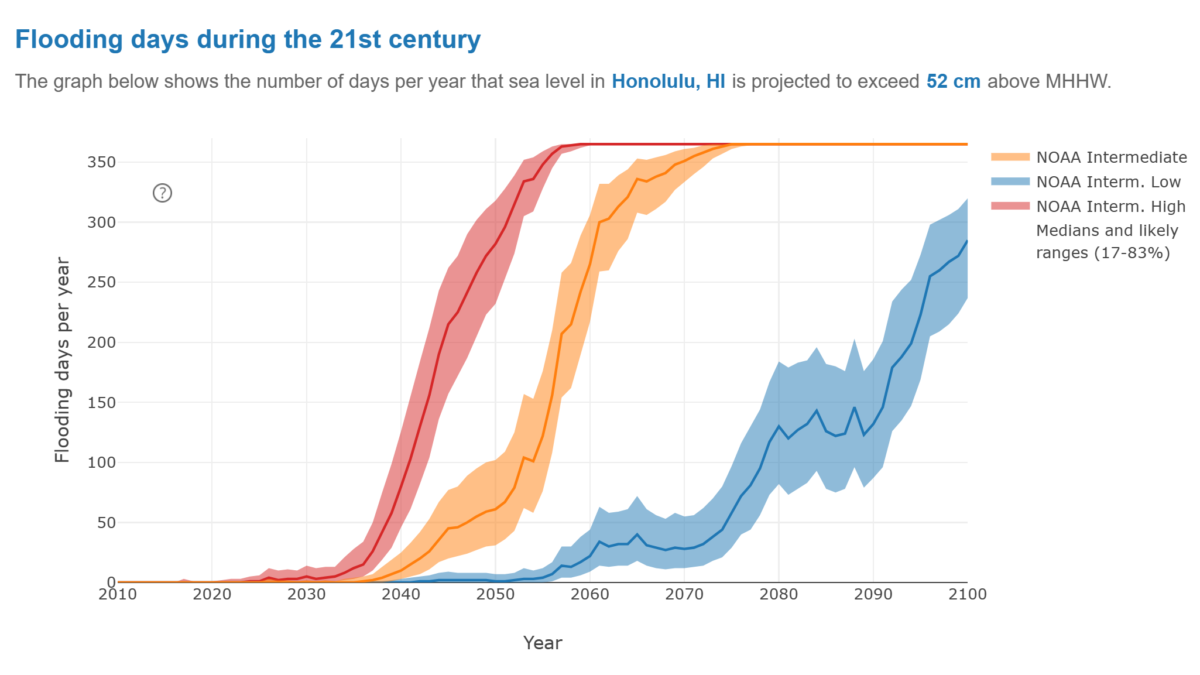Desperate search for survivors as western Europe reels from a “catastrophe of historic proportion” – Flood deaths rise to 188 in Europe, more than 1000 missing – “It’s terrifying” says Angela Merkel
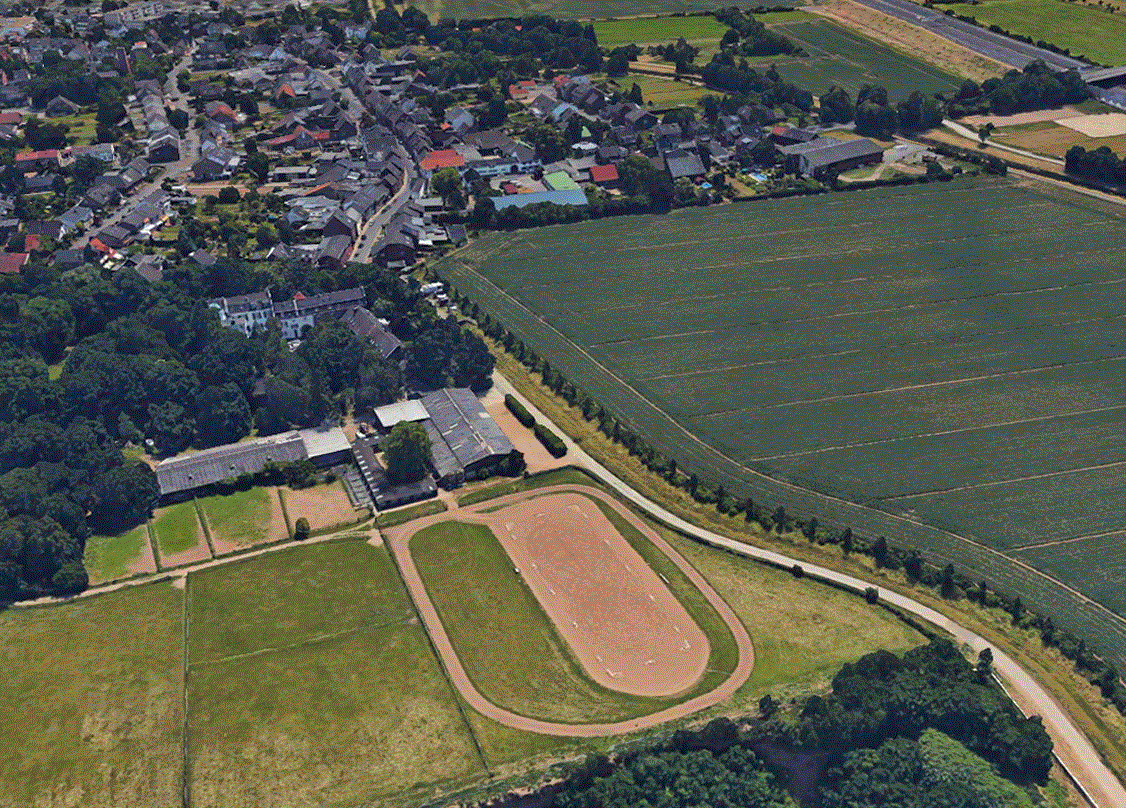
By Ralph Brock and Romana Fuessel
18 July 2021
BERCHTESGADEN/BISCHOFSWIESEN, Germany (Reuters) – German Chancellor Angela Merkel described the flooding that has devastated parts of Europe as “terrifying” on Sunday after the death toll across the region rose to 188 and a district of Bavaria was battered by the extreme weather.
Merkel promised swift financial aid after visiting one of the areas worst affected by the record rainfall and floods that have killed at least 157 in Germany alone in recent days, in the country’s worst natural disaster in almost six decades. read more
She also said governments would have to get better and faster in their efforts to tackle the impact of climate change only days after Europe outlined a package of steps towards “net zero” emissions by the middle of the century. read more
“It is terrifying,” she told residents of the small town of Adenau in the state of Rhineland-Palatinate. “The German language can barely describe the devastation that’s taken place.”
As efforts continued to track down missing people, the devastation continued on Sunday when a district of Bavaria, southern Germany, was hit by flash floods that killed at least one person.
Roads were turned into rivers, some vehicles were swept away and swathes of land buried under thick mud in Berchtesgadener Land. Hundreds of rescue workers were searching for survivors in the district, which borders Austria.
“We were not prepared for this,” said Berchtesgadener Land district administrator Bernhard Kern, adding that the situation had deteriorated “drastically” late on Saturday, leaving little time for emergency services to act.
About 110 people have been killed in the worst-hit Ahrweiler district south of Cologne. More bodies are expected to be found there as the flood waters recede, police say.
The European floods, which began on Wednesday, have mainly hit the German states of Rhineland Palatinate, North Rhine-Westphalia as well as parts of Belgium. Entire communities have been cut off, without power or communications.
In North Rhine-Westphalia at least 46 people have died. The death toll in Belgium climbed to 31 on Sunday.
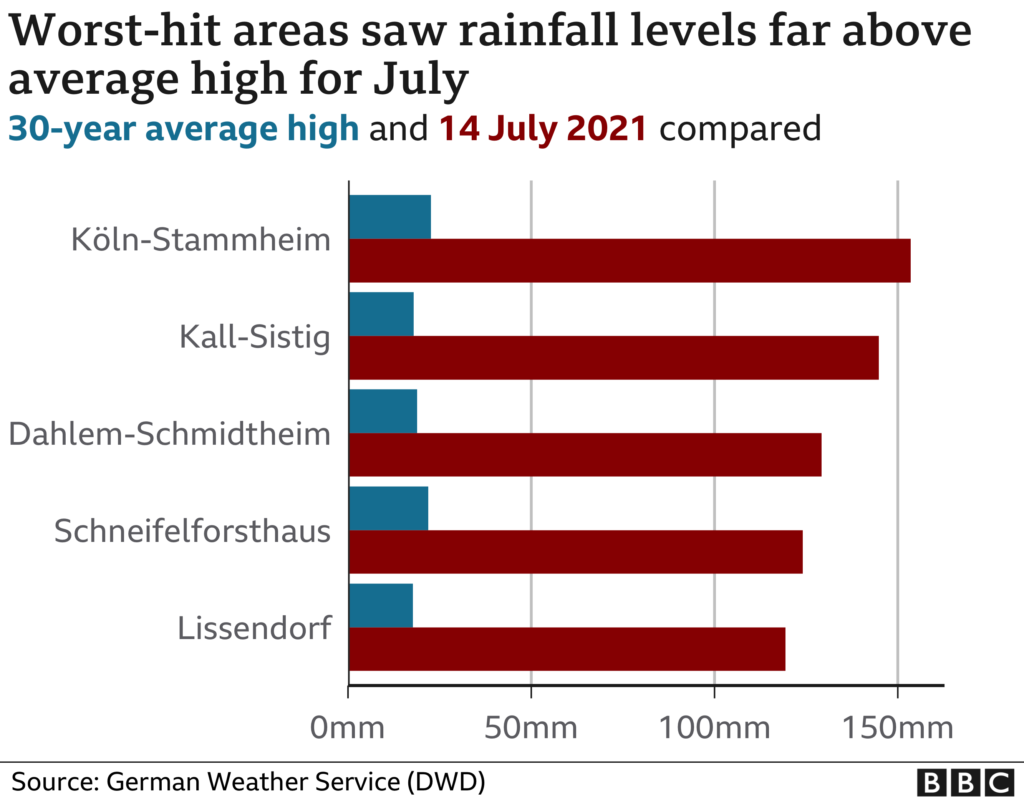
AID UP, POWER DOWN
The scale of the floods mean they could shake up Germany’s general election in September next year.
North Rhine-Westphalia state premier Armin Laschet, the CDU party’s candidate to replace Merkel, apologised for laughing in the background while German President Frank-Walter Steinmeier spoke to media after visiting the devastated town of Erftstadt.
The German government will be readying more than 300 million euros ($354 million) in immediate relief and billions of euros to fix collapsed houses, streets and bridges, Finance Minister Olaf Scholz told weekly newspaper Bild am Sonntag.
“There is huge damage and that much is clear: those who lost their businesses, their houses, cannot stem the losses alone.”
There could also be a 10,000 euro short-term payment for businesses affected by the impact of the floods as well as the COVID-19 pandemic, Economy Minister Peter Altmaier told the paper.
Scientists, who have long said that climate change will lead to heavier downpours, said it would still take several weeks to determine its role in these relentless rainfalls. read more
Belgian Prime Minister Alexander De Croo said the link with climate change was clear.
In Belgium, which will hold a national day of mourning on Tuesday, 163 people are still missing or unreachable. The crisis centre said water levels were falling and a huge clean-up operation was underway. The military was sent in to the eastern town of Pepinster, where a dozen buildings have collapsed, to search for any further victims.
About 37,0000 households were without electricity and Belgian authorities said the supply of clean drinking water was also a major concern.

BRIDGES BATTERED
Emergency services officials in the Netherlands said the situation had somewhat stabilised in the southern part of Limburg province, where tens of thousands were evacuated in recent days, although the northern part was still on high alert.
“In the north they are tensely monitoring the dykes and whether they will hold,” Jos Teeuwen of the regional water authority told a press conference on Sunday.
In southern Limburg, authorities are still concerned about the safety of traffic infrastructure such as roads and bridges battered by the high water.
The Netherlands has so far only reported property damage from the flooding and no dead or missing people.
In Hallein, an Austrian town near Salzburg, powerful flood waters tore through the town centre on Saturday evening as the Kothbach river burst its banks, but no injuries were reported.
Many areas of Salzburg province and neighbouring provinces remain on alert, with rains set to continue on Sunday. Western Tyrol province reported that water levels in some areas were at highs not seen for more than 30 years.
Parts of Switzerland remained on flood alert, though the threat posed by some of the most at-risk bodies of water like Lake Lucerne and Bern’s Aare river has eased. [more]
‘It’s terrifying’: Merkel shaken as flood deaths rise to 188 in Europe
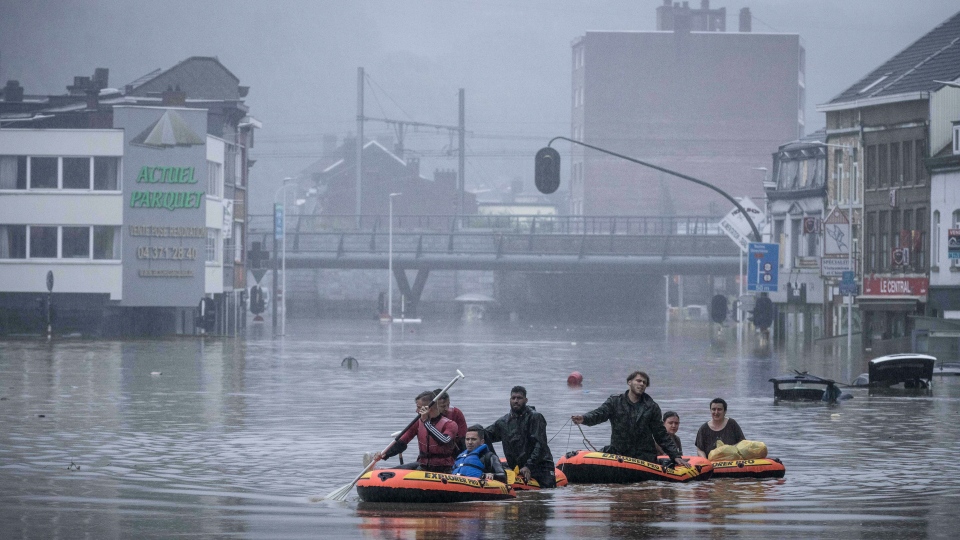
Desperate search for survivors as western Europe reels from a ‘catastrophe of historic proportion’
By Vasco Cotovio, Atika Shubert and Ivana Kottasová
17 July 2021
Altenahr, Germany (CNN) – In Altenahr in western Germany, even the dead were not spared in this week’s devastating flood. The village cemetery was swept away, headstones damaged and toppled by the force of the muddy water.
Antoinnette Steinhoff stands at the edge of the flooded graveyard, crushed by the sight of destruction in front of her. “My mother is over there,” she says, pointing at a black marble grave with a cross on top.
When the flooding hit the village, the 76-year-old saw an entire house dragged away by the water. Two people were still inside, Steinhoff said “They found one of the bodies up in the vineyard,” she added.
Much of Altenahr lies in ruin now. Restaurants dotted around the river banks have been destroyed and entire chunks of buildings torn away. In some areas, the water mark reaches halfway through the second floor.
The streets, or what remains of them, are buried under mud, cars wedged between collapsed buildings and piles of debris.
It’s a sight seen across large swaths of western Europe following the catastrophic flooding that killed at least 160 people and left hundreds more missing or unaccounted for.
At least 133 people died in Germany when the floods swept across the western states of North Rhine-Westphalia, Rhineland-Palatinate and Saarland. In Belgium, 27 were confirmed dead as of Saturday afternoon, with authorities warning the number could go up.
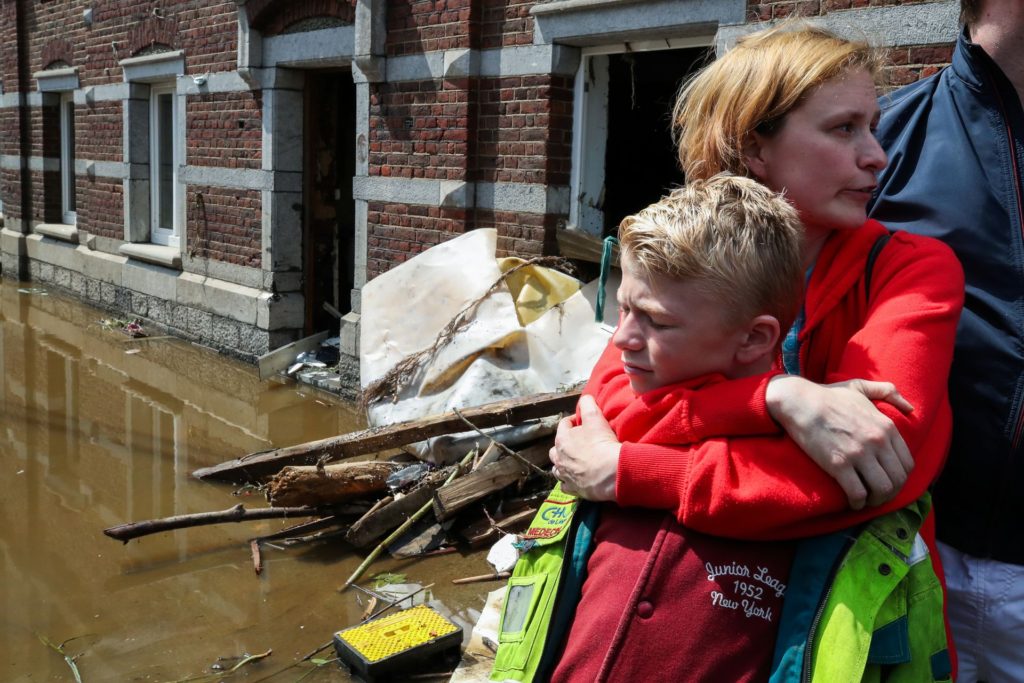
Ursula von der Leyen, president of the European Commission, said “my heart sank” visiting Belgian towns, and she vowed to “stand by” flood victims whose homes have been destroyed.
Drinking water supplies were gradually being restored in Wallonia.
Luxembourg and the Netherlands have also been affected by the extreme rainfall, but have not reported any fatalities.
Images showed entire towns and villages underwater and homes buried under landslides and debris.
The desperate search for survivors continues despite rising waters, landslides and power outages. The German army deployed 850 soldiers for disaster relief.
According to the Interior Ministry, around 22,000 firefighters and aid workers are taking part in the rescue and recovery operations in North Rhine-Westphalia alone.
Residents described the chaos that ensued when the water rose, making it impossible to escape the area and trapping people in their homes.
“The water was so high that you couldn’t go with smaller cars, they had special cars, and went in and tried to get (as) many people as possible out of that area. The whole night helicopters were coming and even tried to pull out people there,” Michael Kautsch told CNN.
Kautsch lives in Erftstadt, a town near Cologne that has become one of the symbols of the destruction. A number of buildings, including parts of a historic castle, were destroyed after a large sinkhole opened in a nearby quarry. “The water was flowing and pulled parts of the town into that hole, and now … the fire department says that there could be so much water under the buildings that a lot of buildings still can be damaged and can crash together,” Kautsch said. […]
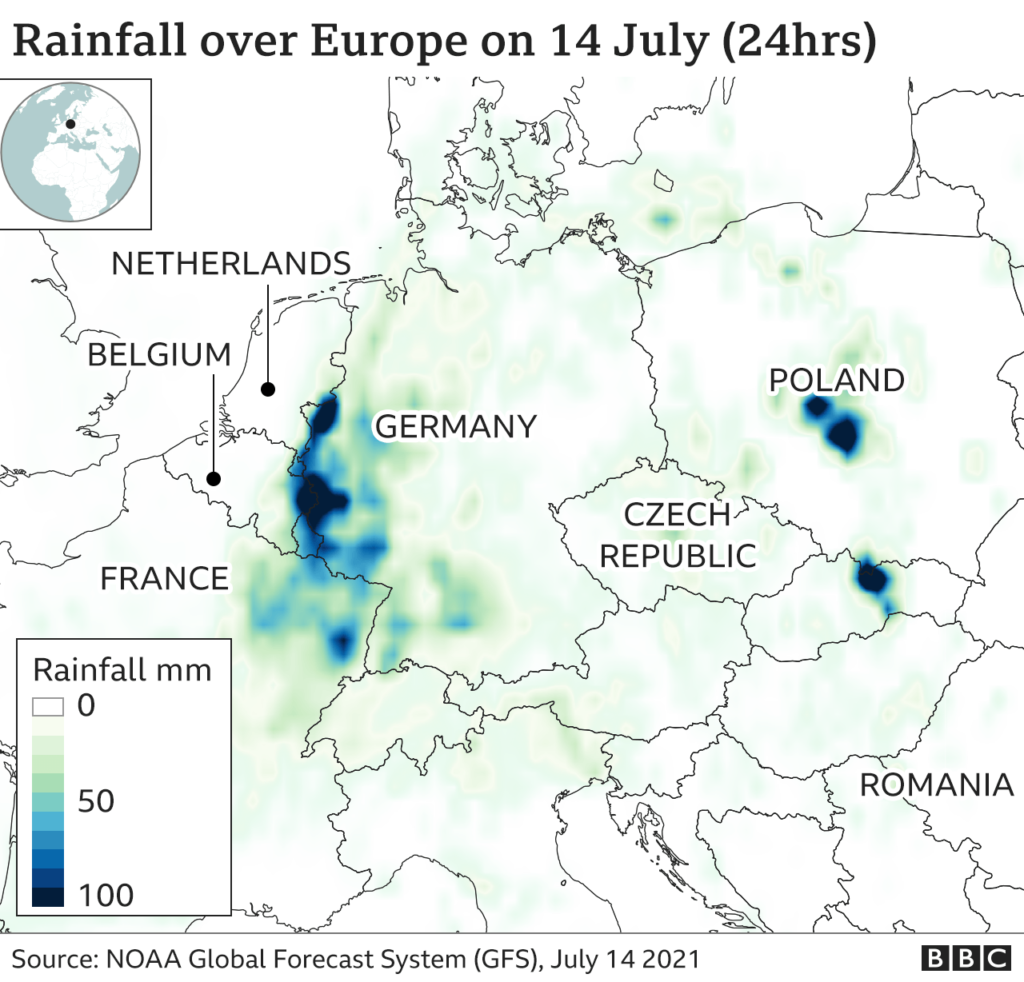
Climate crisis fueling extreme rainfall
The devastating floods came after large swaths of western Europe experienced historic levels of rainfall, with more than a month’s worth of rain falling within 24 hours.
Cologne, in North Rhine-Westphalia, recorded 154 millimeters (6 inches) of rainfall in the 24 hours to Thursday morning, which is nearly double its monthly average for July of 87 millimeters. In the Ahrweiler district, 207 millimeters (8.1 inches) of rain fell in only nine hours, according to the European Severe Weather Database.
The downpours resulted in extreme flash flooding, with water levels rising within minutes.
While it’s too early for scientists to say how big a role climate change has played in causing this particular flooding, extreme rain events like the ones seen in western Europe this week are becoming more common and more severe.
The premier of North Rhine-Westphalia in Germany, Armin Laschet, who is also the Conservatives’ candidate to succeed Chancellor Angela Merkel in the upcoming federal election, said the floods in his state were “a catastrophe of historic proportion,” calling on the world to speed up its efforts to both mitigate and adapt to climate change.
Merkel plans to visit the region Sunday. Leaders have pledged recovery money to those affected.
“The floods have literally pulled the rug from under people’s feet,” Laschet said.
“We will be faced with such events over and over, and that means we need to speed up climate protection measures, on European, federal and global levels, because climate change isn’t confined to one state,” he said.
While the overall amount of rainfall may not change over the course of the year in any given location, more of the rain is expected to fall in shorter bursts, which would tend to increase the frequency of flooding events.
This was noted by scientists with the European Environmental Agency, who said that “the projected increase in frequency and intensity of heavy precipitation over large parts of Europe may increase the probability of flash floods, which pose the highest risk of fatality.
“Droughts, which are also becoming more common because of the climate crisis, can make flash flooding worse because very dry soil cannot efficiently absorb water.
In 2016, flooding in Western Europe that killed 18 in Germany, France, Romania, and Belgium was analyzed by scientists to see whether climate change played a role. They found that a warmer climate made the flooding 80-90% more likely to occur than it was in the past before man-made climate change. [more]
Desperate search for survivors as western Europe reels from a ‘catastrophe of historic proportion’
